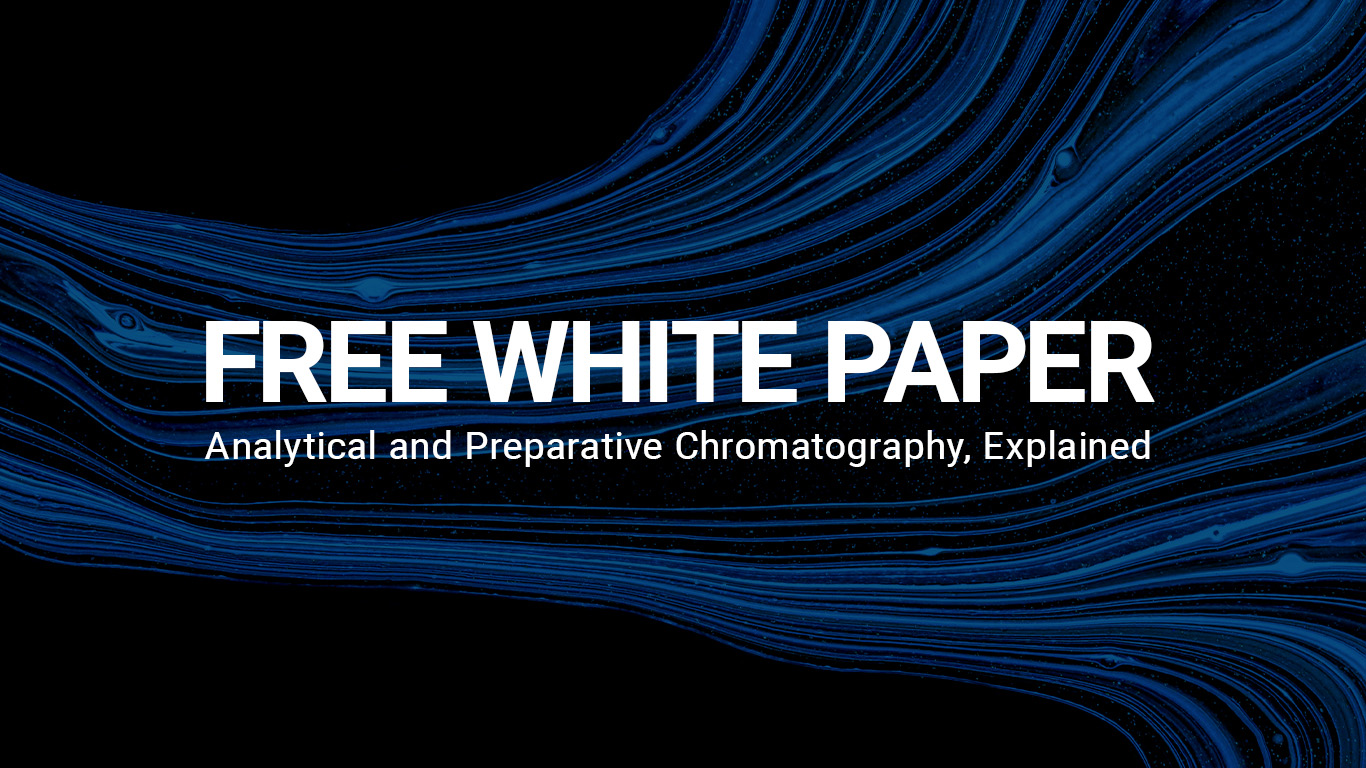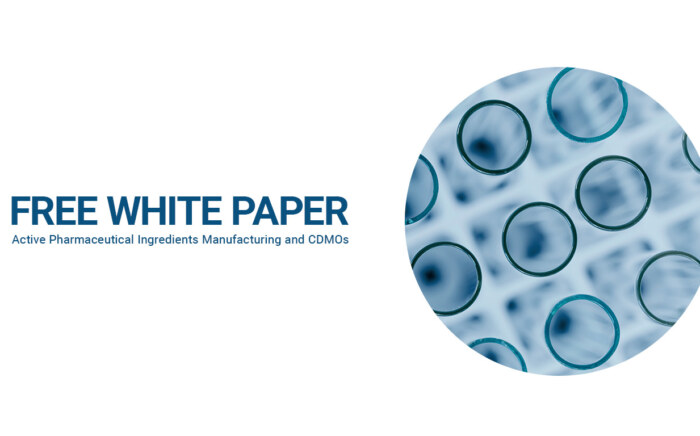Increasing separation efficiency by pH adjustment in Centrifugal Partition Chromatography
NewsIn chromatography, the pursuit of isolating and refining individual components within a mixture is a fundamental objective. However, attaining pure compounds isn’t always a straightforward venture. Chromatographers are faced with the challenge of striking a delicate balance between throughput, recovery, and purity, necessitating a thoughtful assessment to prioritize the most critical factor based on the specific purification task at hand. This intricate interplay is often depicted and analyzed through the lens of the “chromatographer’s triangle,” a conceptual framework that elucidates the dynamics of these fundamental considerations.
Chromatography, a versatile technique, is broadly segmented into two scales: analytical and preparative. Analytical chromatography is employed to scrutinize the composition of a mixture, unraveling its constituents and their proportions. Conversely, preparative chromatography takes on a larger scale, focusing on the purification of components within the mixture. In this article, we delve into these two scales, unraveling their unique characteristics and shedding light on the distinct methodologies they employ within the domain of chromatographic separation techniques.
Analytical and Preparative Chromatography
Analytical chromatographic methods serve the purpose of gathering qualitative and quantitative data about a sample. Typically, these methods use small sample sizes ranging from 1-10 mg and operate at a flow rate of 0.5-2 mL/min. High performance liquid chromatography (HPLC) is a prime example of an analytical chromatographic technique.
In contrast, preparative chromatographic methods are focused on isolating a specific component, known as the compound of interest (CoI), or removing impurities from a mixture. These methods can process significantly larger material quantities, often in the range of hundreds or thousands of grams, and operate at higher flow rates, measured in liters per minute.
Preparative chromatographic systems are usually operated under overloaded conditions. This means that the amount of sample injected exceeds the equilibrium achievable between the stationary and mobile phase. Consequently, the peaks generated in preparative chromatography tend to be broad and distorted, unlike the narrow, symmetrical peaks observed under analytical conditions.
In preparative chromatography, the objective is to isolate the CoI in the maximum quantity and at the highest purity within the shortest possible time. However, achieving all three goals can be challenging as they are often interdependent.
For instance, increasing the CoI yield, or the amount isolated, might result in lower purity due to impurities that may also be separated along with it. Conversely, enhancing the CoI purity might lead to a lower yield as some of the CoI may be lost during the impurity removal process.
Moreover, striving for higher throughput, or the ability to process more material in less time, can also compromise yield and purity. This trade-off stems from the use of more aggressive conditions, such as higher flow rates and stronger eluents, which could introduce impurities or lead to the loss of some of the CoI. Achieving an optimal balance among these factors is key to successful preparative chromatography.
Balancing Yield, Purity, and Throughput
Balancing yield, purity, and throughput is a critical aspect of achieving an efficient and effective chromatographic separation process. The trade-offs among these parameters are tailored to the specific objectives and constraints of the separation process.
It’s important to highlight that the performance of a chromatographic system is fundamentally evaluated by its resolving power or resolution. Resolution is indicative of the system’s capability to separate distinct components within a mixture. This parameter hinges on both selectivity, which denotes the system’s ability to differentiate between different components, and efficiency, which measures the extent of peak broadening during separation.
In practice, analytical and preparative scale separations often complement each other. Purification methods typically commence with small-scale analytical separations, which are then upscaled to the preparative level. Moreover, fractions obtained during a preparative separation are commonly subjected to analytical techniques to confirm the identity and purity of the isolated compounds.
Analytical and preparative scale separations are not mutually exclusive; they are synergistic and frequently utilized in tandem throughout the purification process. Initially, method development begins with small-scale analytical separations to assess the efficacy of various separation conditions. As the process progresses, preparative scale separations come into play to isolate larger quantities of the desired compound. Additionally, analytical techniques are instrumental in verifying the purity and identity of the separated compounds by analyzing the fractions collected during preparative separations. This integrated approach ensures a robust and successful chromatographic purification process.



